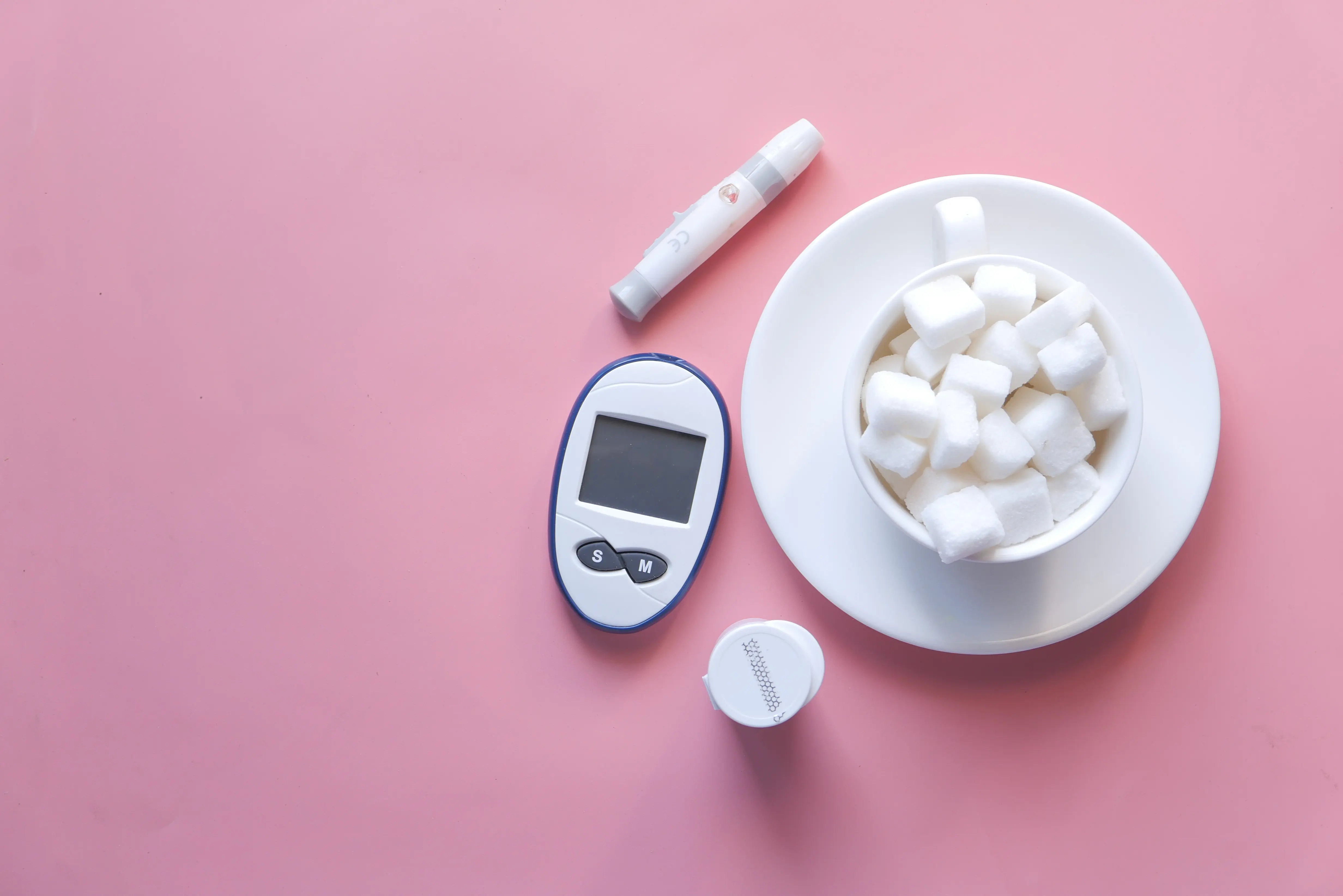Osteoporosis predominantly affects women after menopause and leads to a dangerous decrease in bone density. While many affected individuals avoid physical activity out of fear of injury, research clearly shows: targeted strength training is one of the most effective measures for preventing and treating osteoporosis.
What is osteoporosis and who is affected?
Osteoporosis is a skeletal disorder in which the bones lose mass and strength, and the bone substance degrades significantly. The consequences: bones and vertebrae break more easily. The vertebrae, femoral neck, and wrists are particularly susceptible to fractures - even small falls can lead to serious fractures.
Risk factors for women
Women have a significantly higher risk of osteoporosis than men. The main factors are:
- Hormonal changes: After menopause, the estrogen level drops rapidly, accelerating bone loss.
- Lower bone mass: Women naturally have lower bone density than men.
- Longer life expectancy: As age increases, the risk of osteoporosis rises.
- Calcium and Vitamin D Deficiency: Inadequate nutrient supply weakens bones
- Lack of exercise: Lack of mechanical load leads to bone loss
How strength training strengthens bones
Bones are living tissue that constantly renews itself. Mechanical load from strength training stimulates bone-forming cells (osteoblasts) and simultaneously inhibits bone-resorbing cells (osteoclasts). This process is called Wolff's Law: bones adapt to the loads they are subjected to.
Positive effects of strength training
Regular strength training offers numerous benefits for women at increased risk of osteoporosis:
- Increased bone density: Targeted load stimulates bone formation
- Improved muscle strength: Stronger muscles protect bones and stabilize joints
- Better balance: Reduced risk of falling through improved coordination
- Maintaining mobility: Longer independence in old age
- Pain relief**: Strong muscles relieve the spine
The right strength training for osteoporosis
Training recommendations for beginners
Women who are new to strength training or already have a diagnosis of osteoporosis should follow these principles:















